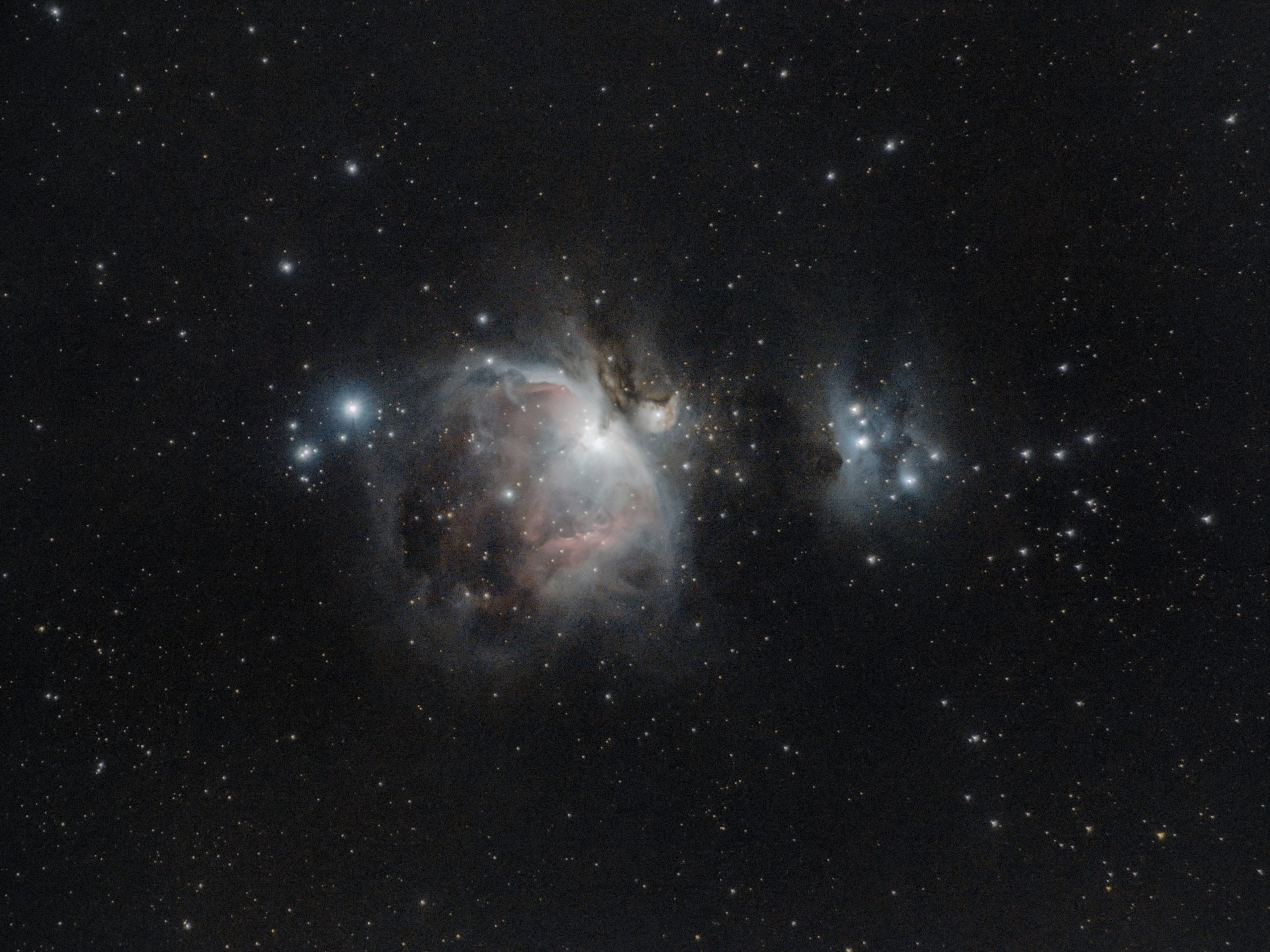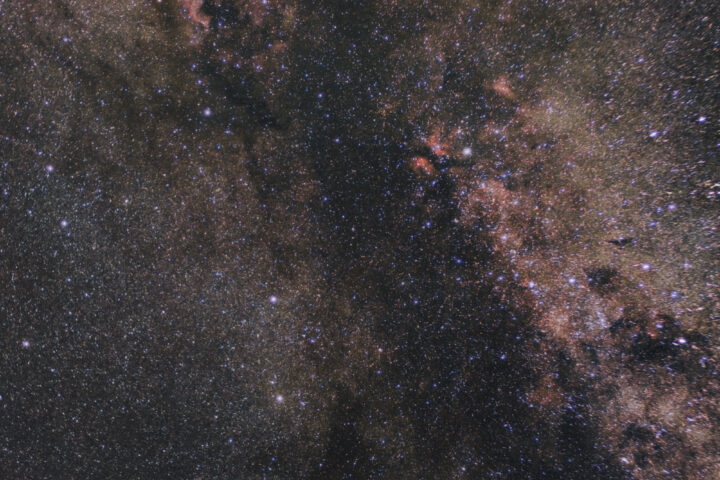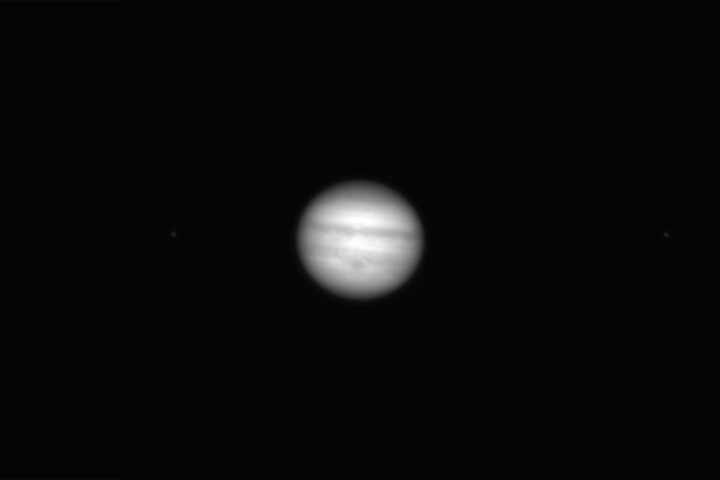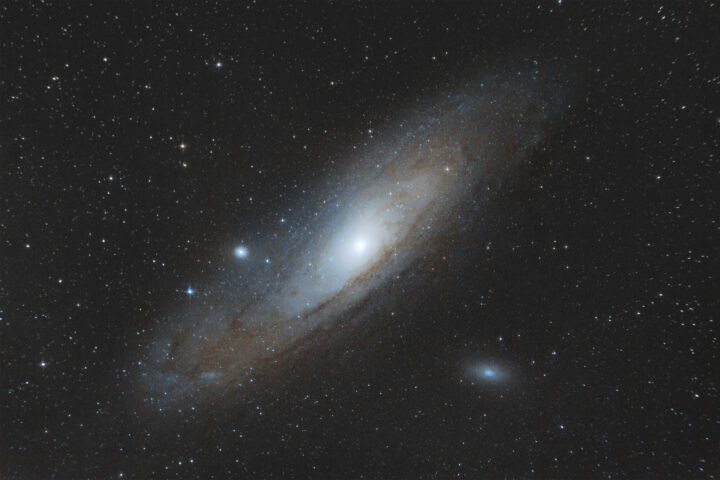Between clouds and school, I haven’t had many usable nights to do astrophotography. In fact, I might be the only person in the entire northern hemisphere who hasn’t shot Comet Leonard (argh). However, on the 4th of December, the sky was crystal clear so it was time to lose some sleep! The target I chose to begin the winter season was the mighty M42, the Orion Nebula.
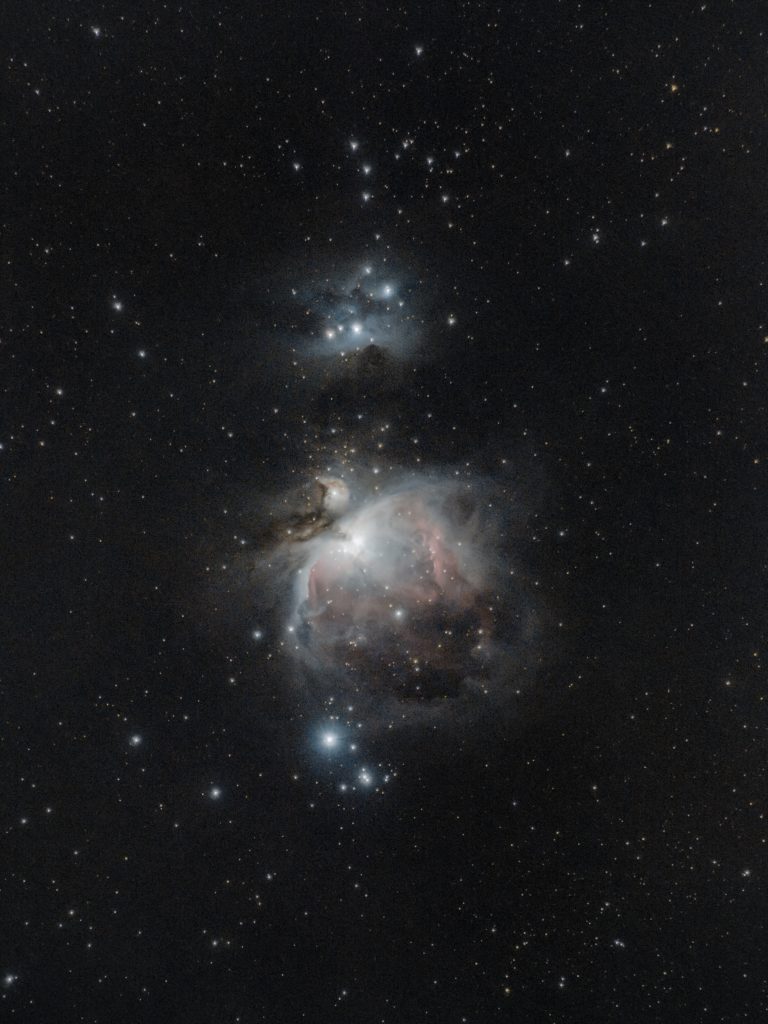
Image Specs
CAMERA: Olympus Pen F (unmodified)
LENS: Olympus 75-300 @300mm f/6.7
MOUNT: Skywatcher EQ-3 Pro Synscan
GUIDING: QHY5L-II monochrome + Celestron Firstscope 76
EXPOSURES: ~25x180s unfiltered
LIGHT POLLUTION: Bortle class 7-8
Acquisition
It was a night just like the others, except that I decided to use ISO 800 and not 200, like I had done with my other images. I had always used the lower sensitivity to preserve dynamic range, but in many cases increasing the ISO reduces noise. If you want to determine the best sensitivity for your camera, these charts might come in handy. You can also do some testing by shooting pictures at the same shutter speed and aperture but at different ISOs, equalizing the exposure in your editing software and comparing the different noise profiles. In my case ISO 200 and 400 were much noisier than ISO 800.
The subs looked really promising, but that was foregone as M42 is notoriously bright. I was also lucky because there were not many gradients in that area so processing went pretty smoothly.
Processing
With this image I introduced Siril in my processing routine. I used it to run background extraction, color calibration and SCNR, which are not available in Photoshop (and I don’t have Pixinsight). I then opened the “calibrated” file in Ps and started editing the photo, but the stars, even after reduction, were too distracting.
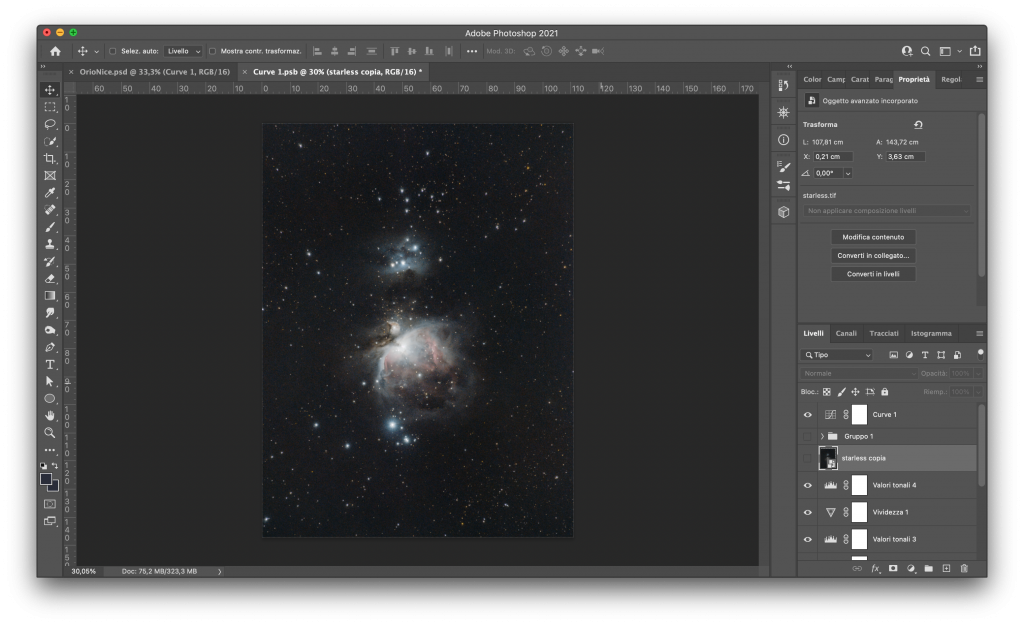
To solve the issue, I exported the image, ran Starnet++ on it to completely remove the stars, blended the starless image with the normal one using the “screen” method and continued editing
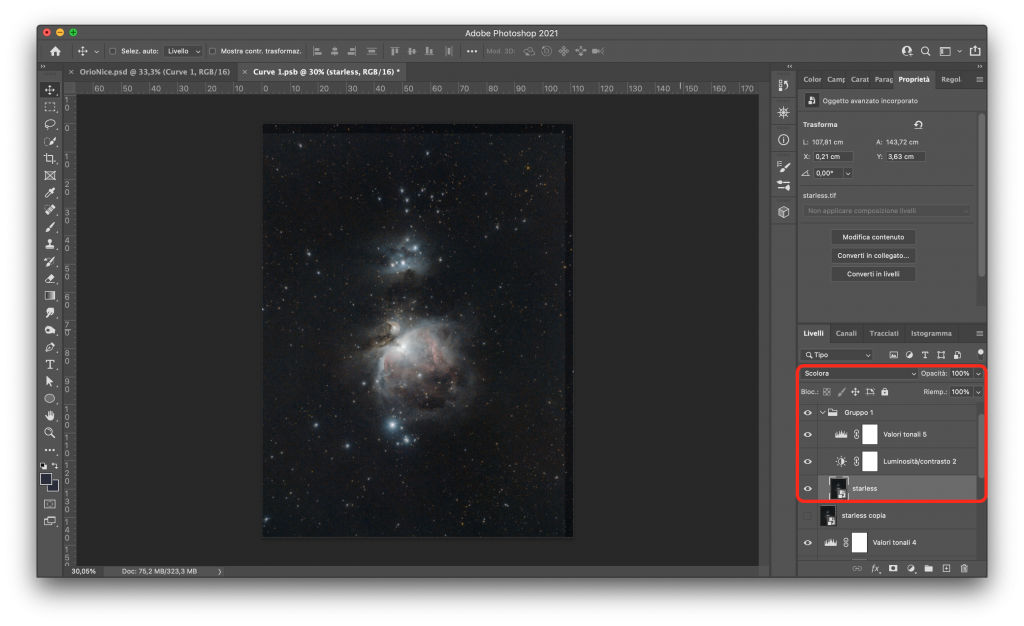
This procedure darkened the stars and also had a positive effect on the core of the nebula, which would have looked too blown-out otherwise.
After this trick, I applied a camera raw filter, darkened and desaturated the background and the image was ready for the final export.
Conclusion
Revisiting this classic target was a pleasure and this is by far the best image I have taken of it to date. However, I’m not too satisfied with the noise. Unfortunately, the light pollution and the low number of available nights mean that I’ll have to live with it. Moreover, I shoot from a balcony, I have the neighbors’ balcony above me and a huge palace right in front of mine so I can only shoot for one hour or two before my target gets obstructed.
There is a solution though: faster optics. And that’s exactly what I got for Christmas!!
I’m testing the new scope right now and I’ll keep you updated!
